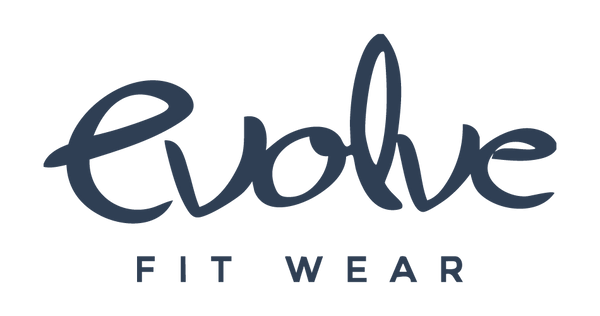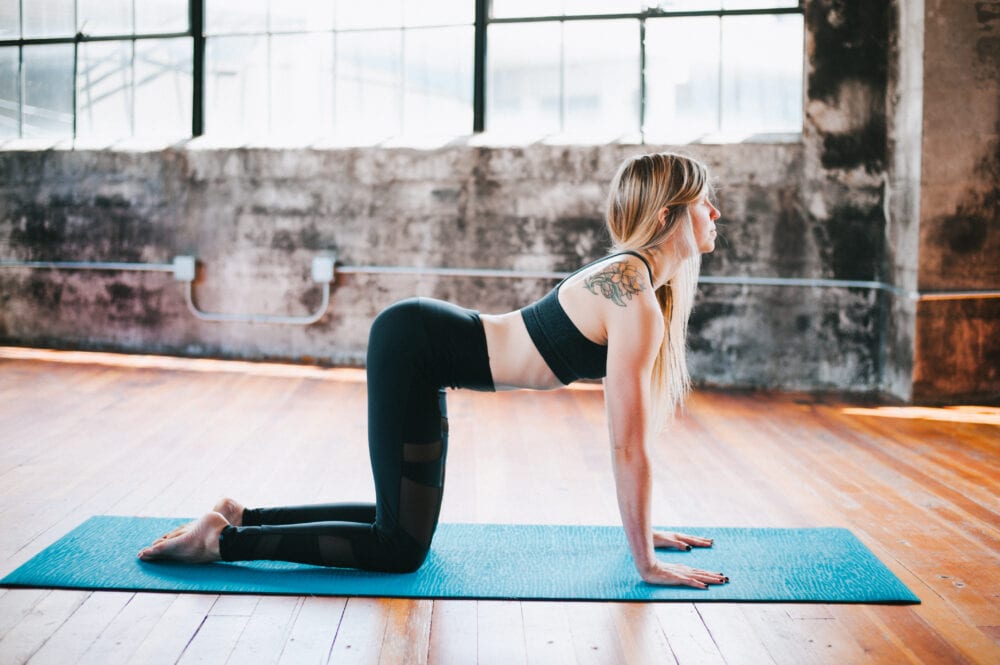You’ll often hear the phrase cat cow when referring to this flow of movement between two specific postures.
Although I always find it interesting that it’s not called cow-cat considering every yoga class I’ve ever attended or taught begins with cow before moving onto cat.
Anyway, let’s break down these postures to ensure you are gaining the maximum benefits – body and mind. Oh did I mention this is one of my favorites to add into your yoga for sleep?
First things first, the names. Have you ever been to a yoga class where the teacher only spoke in Sanskrit?
Even as a yoga teacher myself, I have to look around the room in a class like this because I’m not fluent in Sanskrit, and only know the Sanskrit name for a handful of postures.
Just in case that is your experience, let’s learn the names. The Sanskrit name for Cow Pose is Marjaiasana (mahr-jahr-ee-ahs-uh-nuh). Marjay meaning cat and asana meaning posture. Simple enough. Cat pose in Sanskrit is Bitilasana ( bee-tee-lahs-uh-nuh). Bitil means cat and asana, again, means posture.
Benefits of Cat Cow Postures
These poses are most often incorporated into the beginning of classes known as integration. Moving from the “outside world” of the studio, of the mind, into a more quiet and internal space.
Cat cow is a great tool for the physical body, the energetic body, as well as the emotional/mental body.
It’s a gentle breath-to-movement flow that warms up the spine while grounding down through the hands, feet, and knees, and connecting the mind with the body through the breath.
Cat cow gently stretches and strengthens the spine, the hips, the core muscles, and the neck. It opens and expands the chest, the “heart space,” which allows more room for the lungs to breathe in, deepening your breath.
It also gently stimulates the abdominal organs, the adrenal glands, and the kidneys. The adrenal glands and this specific area of the abdomen are directly connected with the solar plexus chakra. This chakra is represented by fire and is the source of our drive, passion, and our innermost will to live.
Step-by-Step Instructions For Cow Pose
- Begin on hands and knees in a tabletop position. Shoulders are somewhat stacked over wrists, hips somewhat over knees (I say somewhat because each body is different and has varying needs and abilities. You don’t have to perfectly stack your bones here, just do your best and find what feels good.)
- Your tabletop should have a neutral spine (a long straight line). Belly pulled up in and towards the spine. Press into the tops of your feet so all of your weight isn’t pouring into your knees. Internally rotate your arms. Some call it the “eye of the elbow.” Try to twist the arms internally (towards each other), so that the “eye” or the crease of the elbow is somewhat facing towards the front of the room.
- There’s your tabletop.
- Phase 2. Cow pose. Cow pose is always on the inhale. Imagine your body is tied to a string like a puppet, and the other end of that string is tied to your breath. You can’t move the body without the breath pulling it along. So for the full duration of your inhale you will find your way to cow pose.
- First, you lift the tailbone, then lower the belly, and lift the chest and gaze. You want your tailbone to kind of guide these motions as much as possible.
- By lifting the chest, I mean bring the chest up so that it’s facing the front of the room and the gaze moves towards the front of the room as well. Some say to look up, but I say do what you want. As long as you aren’t looking down on cow then you’re all good. Arms and legs hold those same shapes of tabletop.

Step-by-Step Instructions For Cat Pose
- You’re already in cow pose. From there you exhale and lead with the tailbone. As you bring the tailbone down, round up through the spine and the shoulders. Actively press into the palms as you bring your chin towards your chest.
- Take the full exhale to find this shape. That’s part of the benefits of it – grounding and calming because you are moving with your breath. If you aren’t moving with your breath then what’s the point? Besides possibly hurting your spine by moving too quickly.
- The belly is still pulled up towards the spine. The action with your shoulders is the biggest engagement here and it feels so good when you do it fully. What I mean by that is fully press through the palms, lifting the back shoulders up towards the ceiling so that there’s almost a tiny dome between the shoulder blades. You’ll feel the “back of your heart” opening and widening out to the sides here.
- To move back to cow pose, inhale as you lift the tailbone, lower the belly, lift the chest and gaze. I’d recommend flowing through cat-cow at least 5 or 6 times.

Adding some variation:
You can incorporate cat cow flows into your practice or just find these shapes on their own when you need to calm down and find a little movement.
Usually, there is some warmup that leads to these shapes so be mindful of how deep you go in the backbend if your body is completely “cold” (muscles aren’t warmed up yet).
My favorite variation is a barrel roll of sorts between cat and cow. Instead of staying static between the two shapes, I like to make big rolls to the left side, bringing the core of my body up and down in a big circle.
Then roll to the right side. I love to offer students the option of finding movement that feels good in their bodies, in your body. Moving however you like within the realm of these two postures.
Another option is spiraling the hips back towards the right, through the center (as if moving towards child’s pose), and to the left. Big circles of the hips one way and then the other. The goal is to let go of the “right” way to do things. Even letting go of how I said you “should” do things up above, and just finding what feels good in your body. Maybe you don’t go very deep at all. Maybe you hover your knees off the ground while you do it because you want to feel the burn.
Whatever you do with these cat cow variations, have fun with it, breathe into it, and don’t worry about a right or wrong way to do it. Just do it! Listen to your body. If something hurts, don’t do it. If your neck hurts to lift the gaze, keep it in line with the spine. If your low back hurts in cow, don’t bend it so deeply. This is your practice, so please feel free to make it your own, even if the teacher is telling you to do something different.
What are your feelings about cat cow pose? Comment below, I'd love to hear from you!
xo
Sam




